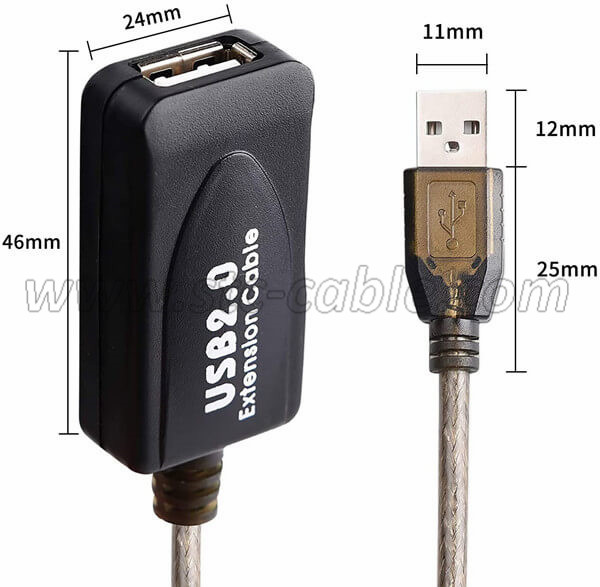What is the function of the USB 2.0 front panel connectors?
USB 2.0 front panel connectors serve as endpoints that connect the front panel USB ports on your PC case to the motherboard. These connectors allow you to connect USB devices, such as keyboards, mice, and external storage devices, directly to the front of your computer case. They are essential for increasing the number of available USB ports on your PC case. If you’re building your own desktop PC, understanding how to connect these front panel connectors to the motherboard is crucial for proper functionality.
What is the function of the USB 2.0 front panel connectors?
To connect front panel USB ports to the motherboard, follow these steps:
1. Identify the Front Panel Connectors: Locate the USB 2.0 front panel connectors on your PC case. These connectors are usually labeled “USB” or “USB 2.0.”
2. Refer to the Motherboard Manual: Consult your motherboard’s manual to find the specific location of the USB header pins. The manual will provide a detailed diagram showing the pin layout.
3. Connect the Wires: Each front panel USB port has a set of wires with individual connectors. These connectors correspond to the USB pins on the motherboard. Connect them as follows:
USB Data+ (D+): Connect this wire to the “+” pin on the motherboard.
USB Data- (D-): Connect this wire to the “-” pin on the motherboard.
Ground (GND): Connect the ground wire to the GND pin.
VCC (Power): Connect the VCC wire to the +5V or +5VSB pin (check your motherboard manual for the correct pin).
4. Secure the Connections: Make sure the connectors are firmly attached to the pins. You can use a small flat-head screwdriver or your fingers to gently push them in place.
5. Test the Ports: Once connected, power on your PC and test the front panel USB ports by plugging in a USB device. If everything is correctly connected, the device should be recognized.
Remember to handle the connectors carefully and avoid bending the pins. If you encounter any issues, double-check the connections and consult your motherboard manual for guidance. Happy building!
Can I use a USB 3.0 cable in a USB 2.0 port?
Certainly! USB 3.0 cables are backward compatible with USB 2.0 ports, meaning you can use them together. However, the performance will be limited to USB 2.0 speeds. If you connect a USB 3.0 cable to a USB 2.0 port, it will operate at the maximum speed supported by USB 2.0. So go ahead and use that USB 3.0 cable—it’ll work, but not at its full potential!
Why do 2.0 USB devices not work in 3.0 USB ports?
USB 2.0 devices may not work in USB 3.0 ports due to differences in their signaling and power requirements. Here’s why:1. Signaling Compatibility:
USB 2.0 uses a different signaling protocol than USB 3.0. When you connect a USB 2.0 device to a USB 3.0 port, the device expects USB 2.0 signaling.
USB 3.0 ports are backward compatible, but they switch to USB 2.0 mode when a USB 2.0 device is connected. However, this transition isn’t always seamless, leading to compatibility issues.
2. Power Delivery:
USB 3.0 ports provide more power (up to 900 mA) compared to USB 2.0 ports (up to 500 mA).
Some USB 2.0 devices may not function correctly if they rely on the lower power provided by USB 2.0 ports. They might not receive enough power from a USB 3.0 port.
3. Driver and Firmware Issues:
USB 3.0 controllers require specific drivers and firmware. If these aren’t properly installed, compatibility problems can occur.
Older USB 2.0 devices might lack updated drivers for USB 3.0 compatibility.
4. Cable Quality:
The USB cable used matters. Poor-quality or damaged cables can cause communication errors between the device and the port.
Ensure you’re using a good-quality USB cable.
5. Hub Considerations:
If you’re using a USB hub, it should be USB 3.0 compatible. Connecting a USB 2.0 hub to a USB 3.0 port can lead to issues.
In summary, while USB 3.0 ports are designed to work with USB 2.0 devices, occasional compatibility glitches can arise. If you encounter problems, try different cables, update drivers, and ensure your devices are well-matched.
What is the maximum length of USB 2.0 extension cable?
Send your message to us:
Post time: Jun-24-2024
